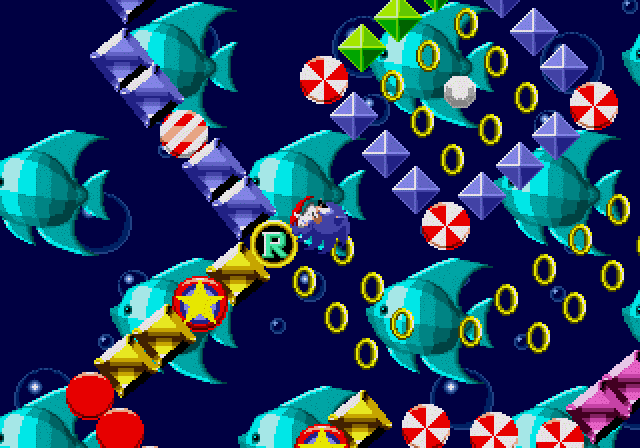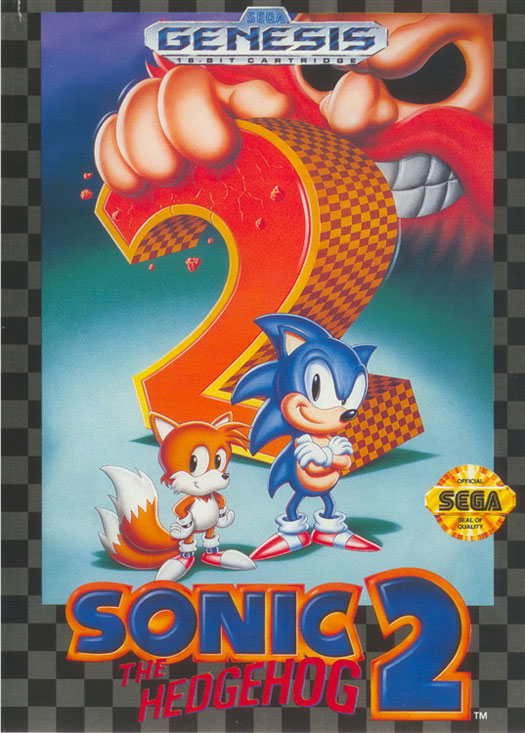Yes, I suppose it’s that time of year again: a time when I
run out of current or relevant software to review and instead opt to critically
analyze something a bit older, usually something immersed in nostalgia or
controversy. Or both. Indeed, today that game would be none other than the oft-derided
Star Fox Adventures, one of the final games developed by the once-respected
Rareware for a Nintendo console. See, this game was the long-awaited third
installment in the Star Fox franchise, following the highly-acclaimed Star Fox
64. Star Fox 64 was a rail-shooter in space, and naturally, people expected
more of that. Unfortunately, the new Star Fox on the GameCube was not quite that,
to say the least.
To many, this would be the beginning of the end for the Star
Fox franchise, as this game was followed by the subpar Assault
and eventually the absolutely insipid Command. Both of those games not only
took the gameplay in a different direction that had nothing to do with what made
the original games great, but completely sucked on their own and proved that
Nintendo never really cared about this beloved franchise in the first place.
While this is understandable, looking at Adventures as a single entity, I
really can’t help but feel like it deserves far more credit than it gets. True,
I was rather young when I first played it and I would be lying to say that this
game isn’t awash in a rather significant amount of nostalgia. However, even
after playing through it again a decade later, I remain unconvinced in spite of
the poor decisions surrounding it. Here’s my review.
------------------------------------
Star Fox Adventures takes place for the most part on the
creatively named Dinosaur Planet. Take one guess as to what you’ll find there.
Go ahead. I’ll wait.
 |
| Here's a hint. |
When the game begins, we are introduced to a new character:
a blue female vulpine named Krystal, who, believe it or not, someone actually
drew, designed and modeled. Quite frankly, I don’t even want to post a picture
of her here to show you why this bothers me. I would like to assume that this
person was fired from Rare and eventually joined Sonic Team, where he went on
to write Sonic 06’s storyline and perhaps occasionally model Rouge the Bat.
Fortunately, she doesn’t get much screen time after the prologue of the game,
where we see her get in a bit of a scuffle with our villain, General Scales,
and travel to a place called the Krazoa Palace, following a distress signal.
There, she learns that in order to solve this planet’s problems and defeat
General Scales, she must return the Krazoa Spirits to the Krazoa Palace. She
quickly finds and deposits one of said spirits, but this activates some sort of
trap that encases her in a…crystal. Honestly, I am unable to determine whether
the pun was intentional or not, but regardless, at this point she merely
becomes a damsel in distress.
Enter Star Fox. See, Dinosaur Planet has a bit of a problem:
it’s falling apart, which could have an adverse effect on the entire Lylat
System, or so the ever-hammy General Pepper claims. Thus, he pays Fox McCloud
and his poorly-suppressed British accent to investigate the planet while he and
the rest of Fox’s annoying friends give advice and support, also known as
sitting around on their lazy butts while Fox does all of the hard work. Then
again, considering their utter lack of competence in the previous game, perhaps
it’s for the best. But Fox isn’t completely free from the terrors of irritating
companions on the serene Dinosaur Planet. Shortly after arriving, he is tasked
with finding Tricky, the prince of the Earth Walker tribe of dinosaurs, whom
his mother insists should stay with him, as he will surely help on Fox’s grandiose
adventure. Regardless of what she says, though, I’m fairly certain she just
wants rid of the little demon spawn and, well, really, who could blame her.
Thus begins the epic quest to find the four Spell Stones that hold the planet
together, collect all five Krazoa Spirits, save Krystal and defeat General
Scales and his army of Sharp Claw, which are the various grunts you will have
to take down.
Yeah…the story of Star Fox Adventures isn’t exactly
compelling. That said, it isn’t an offensive storyline. It gives you enough of a reason to care about what
you’re doing and Fox’s characterization this time around makes him a fairly
enjoyable protagonist. Aside from that, there really isn’t much to discuss. The
plot is just there. What is a bit annoying – well, when it isn’t flat-out
hilarious – is the absolutely awful voice acting. Most of the actors are just
way over the top in their performances, and Fox sounds like he barely cares.
What’s also really jarring to me is the fact that, while all of the actors are
British, many attempt to speak in American accents and fail quite miserably.
This is another problem with the actor of Fox himself, who just generally
doesn’t seem to know what he’s doing. Of course, I suppose it wouldn’t exactly
be a Star Fox game without horrid vocal performances, but it is a flaw
nonetheless. Not to mention that, really, this is barely a Star Fox game in the
first place.
Yes, Star Fox Adventures is really a Star Fox game in name
only. There are five rail shooting segments in the game that resemble something
you might see in Star Fox or Star Fox 64, which is actually how you travel
between some areas in the game. However, to be frank, these sections feel very
tacked-on and while the last two are kind of enjoyable, the others are fairly
dull and unchallenging, especially when compared to the levels of Star Fox 64.
It…really doesn’t help that you have to play the first one five times
altogether. Primarily, Star Fox Adventures is an on-foot action-adventure game
with a gameplay style and mechanics very reminiscent of Nintendo’s own The
Legend of Zelda series.
The story behind how this happened is actually a somewhat
interesting one, though it is pretty well-known. It was originally meant to be
a brand new IP called “Dinosaur Planet”. So, how does this become a Star Fox
game, you may be wondering. Well, Nintendo looked at the game and noticed that
it starred two fox-like creatures, one of which bore an uncanny resemblance to
their own Fox McCloud. Thus, Nintendo decided that this should be made into a
Star Fox game – the first one in five years. Understandably, this wasn’t a
decision that many were happy with and I will have to agree that the decision
was a rather questionable one. Honestly, though, I do see the logic behind it. Even if the gameplay style wasn’t what
Star Fox was famous for, the game did fit the general premise of the series
rather well and as a spinoff, I feel this would have been much more warmly
received and I wouldn’t have minded to see more Star Fox games like it.
Ultimately, though, we got it as a primary installment to the series – and, I
must reiterate, the first one in five years up to that point.
However, while I won’t defend the decision, I feel like this
game is treated unfairly because of it. Many seem to have written it off as a bad
game simply because of it or simply because of the famed JonTron’s review -
which, I might add, while indeed hilarious, still failed to bring up much
pertaining to the game design and continued to harp on the fact that it
shouldn’t have been a Star Fox game. This is somewhat understandable, since the
series never received a proper return to form, but in the end, it really is a
great game. To fully understand and appreciate Star Fox Adventures, you have to
look at it on its own. Perhaps even forget that it’s a Star Fox game, if it
bothers you that much. Should you do this, I assure you that you will find
something special. With that said, let’s go a bit deeper.
One thing I will get out of the way first: yes, you are
accompanied by Tricky throughout most of the game, and yes, he is rather
annoying. But unlike a certain other aggravating sidekick, Tricky actually
makes himself useful. You can command him to perform various actions such as
holding switches down or burning away walls of ice or thorn to clear various
obstacles. He does need to be fed blue mushrooms on a regular basis in order to
keep this up, but such organisms are always in ample supply. What you will be
using him for the most is actually digging through patches of dirt to get to
the various goodies buried within. This is sometimes made use of for item
collection side quests.
Yes, while Star Fox Adventures seems to draw most of its
inspiration from the Zelda series, Rare also took many cues from their own
games, particularly from the Nintendo 64 era. Star Fox Adventures can’t exactly
be described as a collect-a-thon, but there are times when it reeks of the
genre. Of course, Rare knew what they were doing with this. None of Star Fox
Adventures’ “fetch quests” feel mindless or insubstantial; they usually take
place in previously unexplored areas and important items are generally received
for completing various tasks and challenges that the game puts you up against. There
is also a great deal of variety thereof; from making your way through a maze of
invisible walls within a time limit to platforming your way through rings in an
obstacle course within a time limit to racing down a snowy mountain in a
hovercraft within a time limit to activated a bunch of totem poles within a
time limit to using blocks to cover up vents within a time limit so that Fox
doesn’t choke to death on noxious fumes to…okay, there are a lot of timed missions
in the game, but there’s plenty of diversity between them and a number of
non-timed obstacles to overcome and puzzles to solve.
Actually, while Star Fox Adventures may come off as a fairly
standard Zelda clone at first, if there’s anything that definitely sets it
apart, it’s that it feels more action-based than the latter series. While Zelda
is generally more focused on puzzles and character interaction, Adventures
feels more focused on movement and clearing obstacles. The game puts many
obstacles in your way such as fire vents and other such traps and often tasks
you with maneuvering around them, and Rare really couldn’t let go of the
platforming genre. While the game inherits the auto-jumping controls from the
Zelda series, there are a lot of areas that feature legitimate platforming
elements. Of course, the game does have a lot of puzzles in it and, while there
are plenty of both kinds, even a lot of the puzzles of Adventures feel more
based around timing and motion than those of the Zelda series. It all falls
into place very well in the end; each of the game’s various trials are very fun,
diverse and well-designed and the puzzles are all extremely clever and creative.
Adventures also has a somewhat greater
focus on combat than the Zelda series.
Ah, yes, combat. Shortly into the game, Fox finds a magic
staff that got knocked out of Krystal’s hand in the prologue. This staff is
used for…well, almost everything, actually. With it, Fox can lift gigantic
rocks to see whatever is under them and also activate various mechanisms, and
you also gain a number of different magic-consuming powers that will be used
for a lot of puzzle-solving and whatnot throughout the game. What it’s used for
the most, however, is combat. Combat in the game is fairly simplistic. You have
three combos at your disposal that you switch to depending on the position of
the control stick. Keep it in a neutral position and send the enemy flying;
keep it held forward and stun the enemy, giving you a chance to go in for
another attack; and keep it held back and you will have the potential to do a
lot of damage, but it will be easier to miss. You will also have to block your
enemies’ attacks - which your enemies will do as well - and larger enemies that
you encounter as you continue through the game will force you to time your
attacks better or bring your staff’s powers into the mix. It’s far from the
most complex combat system, but the moves are flashy and it does make you feel
powerful, so the combat is pretty satisfying. Enemies also go down reasonably
quickly and most of them can be passed by anyway, which keeps things from
getting too monotonous. Oh, and if you’re feeling really lazy and have some
magic power to spare, you can always freeze your foes and then take them down
with a single hit. That’s always fun.
Really, the only thing that’s a bit flawed with the
action-based approach to this style of gameplay is that the game is simply too
forgiving. Even taking a massive dive off a cliff or getting burned alive
doesn’t do a terrible amount of damage, and the game is quite generous with
healing items as well as “Bafomdads” - yeah, I really don’t know - which
basically function as extra lives. This game really could have benefited from a
higher difficulty level. The game’s puzzles and whatnot still do offer enough
challenge to keep this game from being “too easy”, but this does feel like
somewhat of a missed opportunity.
Star Fox Adventures also has several bosses and I have to
say, I found this game’s boss design to be pretty impressive. They were
decently challenging and quite fun to fight overall. My favorites would have to
be the ones from Cloud Runner Fortress and Dragon Rock. The former was played
as a racing game where you actually had to crash into the other races to kill
them and get the Spell Stone and the latter was played as – gasp! – a rail
shooter. Ah, but don’t get your hopes up; it’s nothing like Star Fox 64, but it
was nonetheless a lot of fun.
 |
| Behind you... |
Star Fox Adventures’ graphics have aged…okay. For its time,
it was simply beautiful, but looking at it now, it holds up better in some ways
than others. The environments do look quite nice, provided you don’t look
closely at the blurry textures, and Fox’s character model is impressively
detailed. It also surprises me how well they did the subtler animations at the
time, such as his ears twitching and his tail swishing back and forth when
idle. Character models for most enemies and bosses are also quite
impressive-looking. All of the other character models, though, tend to look
like pure excrement and the facial animations, while at times very expressive,
look incredibly robotic and unnatural. This can either be downright creepy or
downright hilarious, and it depends on what scene you’re watching. The soundtrack, fortunately, fares a lot better. Tracks range from the atmospheric, such as Krazoa Palace, to the energetic, such as Thorn Tail Hollow, to the awesome battle themes and whatnot. It's all really great stuff.
The Good:
+ Tricky is helpful
+ Lots of gameplay variety
+ Clever and creative puzzles and challenges
+ Fun combat
+ Great boss fights
+ Great soundtrack
The Bad:
- Has little to do with Star Fox
- Bad voice acting
- Few rail shooting segments are somewhat lackluster
- Too forgiving
---------------------------
When I was a young lad, Star Fox Adventures was my gateway
to the Legend of Zelda series and I still find it to be an incredibly
well-designed game and a severely underrated classic from the GameCube era. Its
genuine faults are minor in the long run and the misdemeanor regarding the use
of license is something I, personally, find easy to get past. At the very
least, if you enjoy games like Zelda, I think you’ll get a kick out of this
one. Actually, I’d say that Adventures
is probably better than a few Zelda games.
Especially Twilight Princess.
Yeah, I said it.
Grade: A-

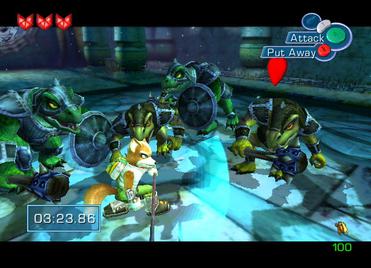


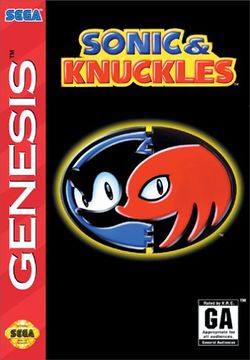
-7.png)










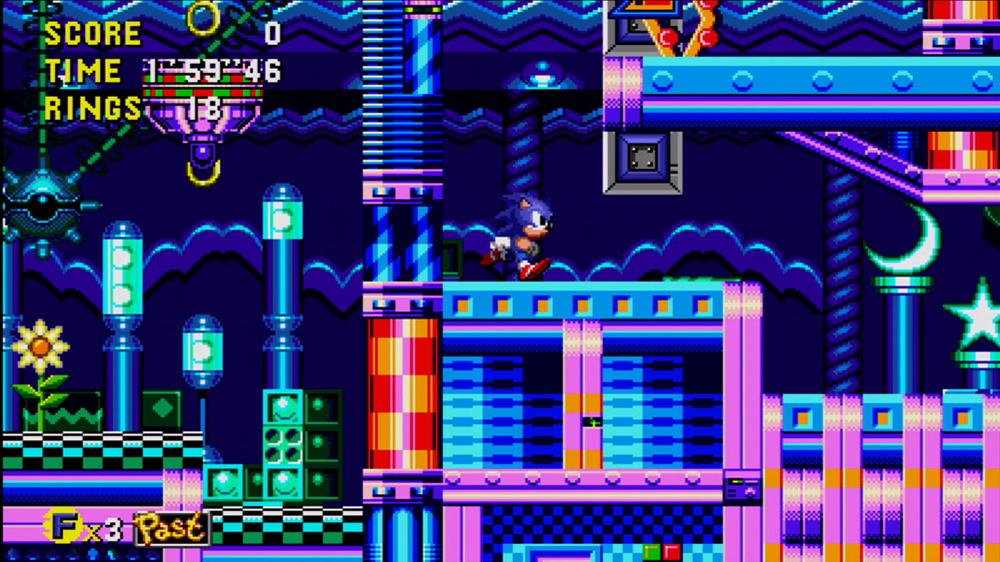
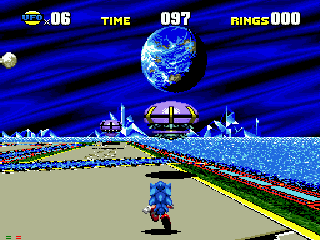
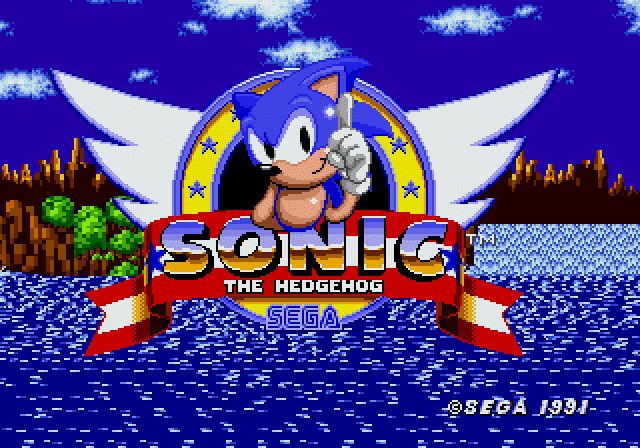
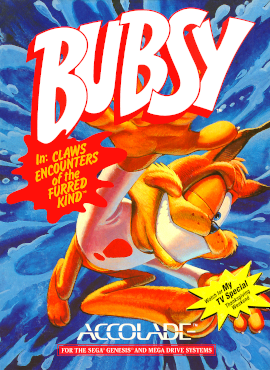

.jpg/250px-Sonic_the_Hedgehog_boxart_(Genesis).jpg)


